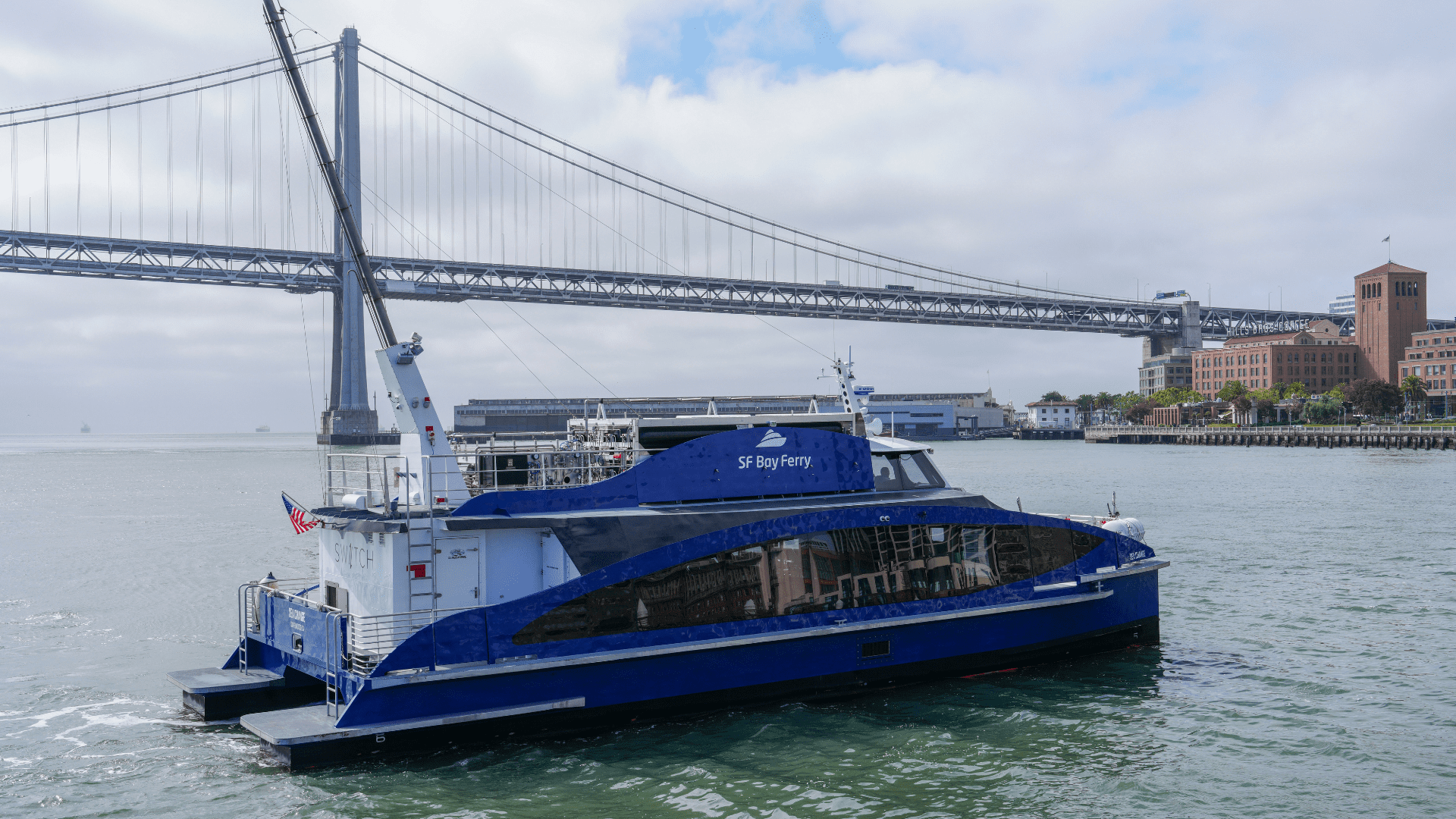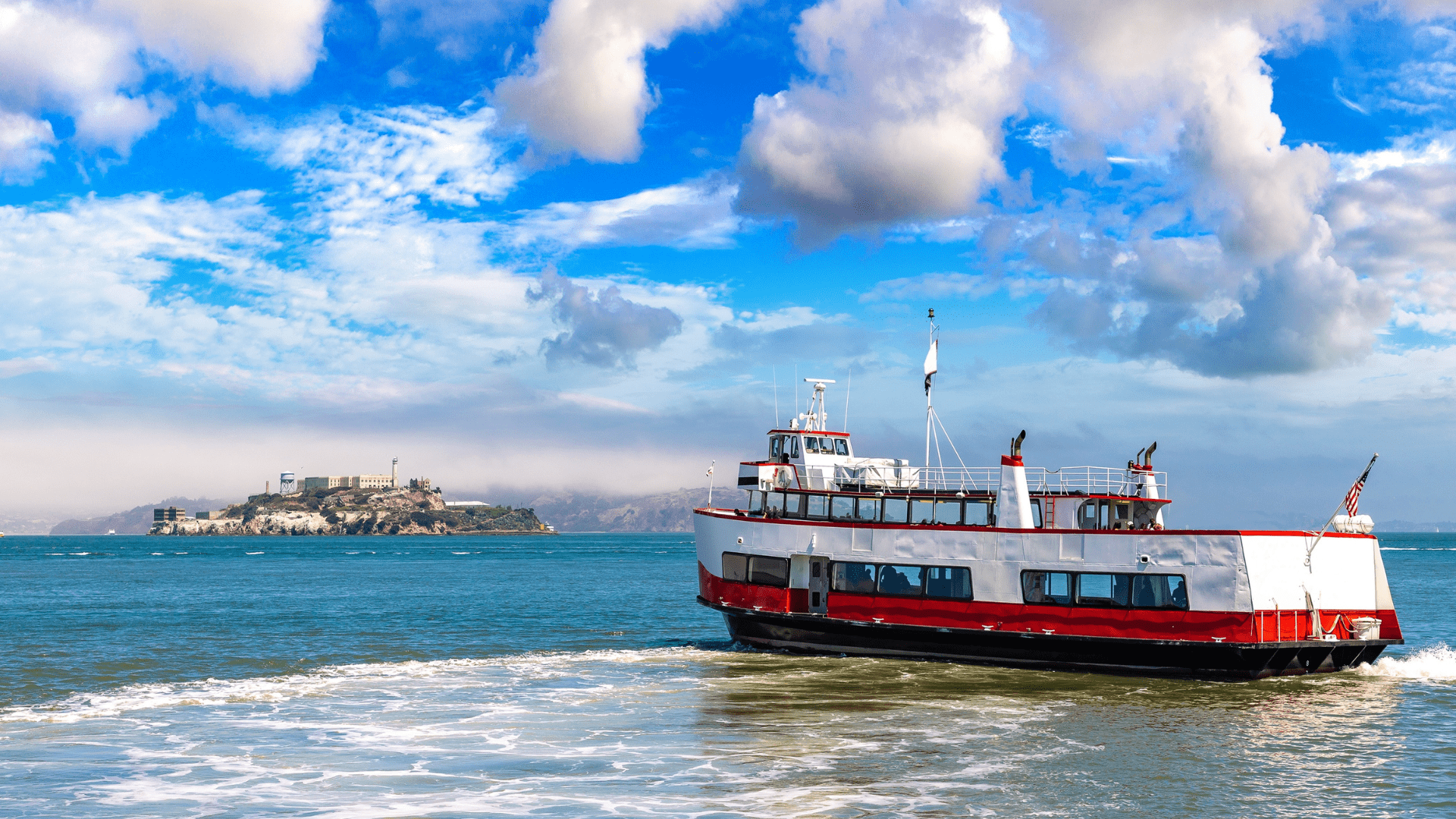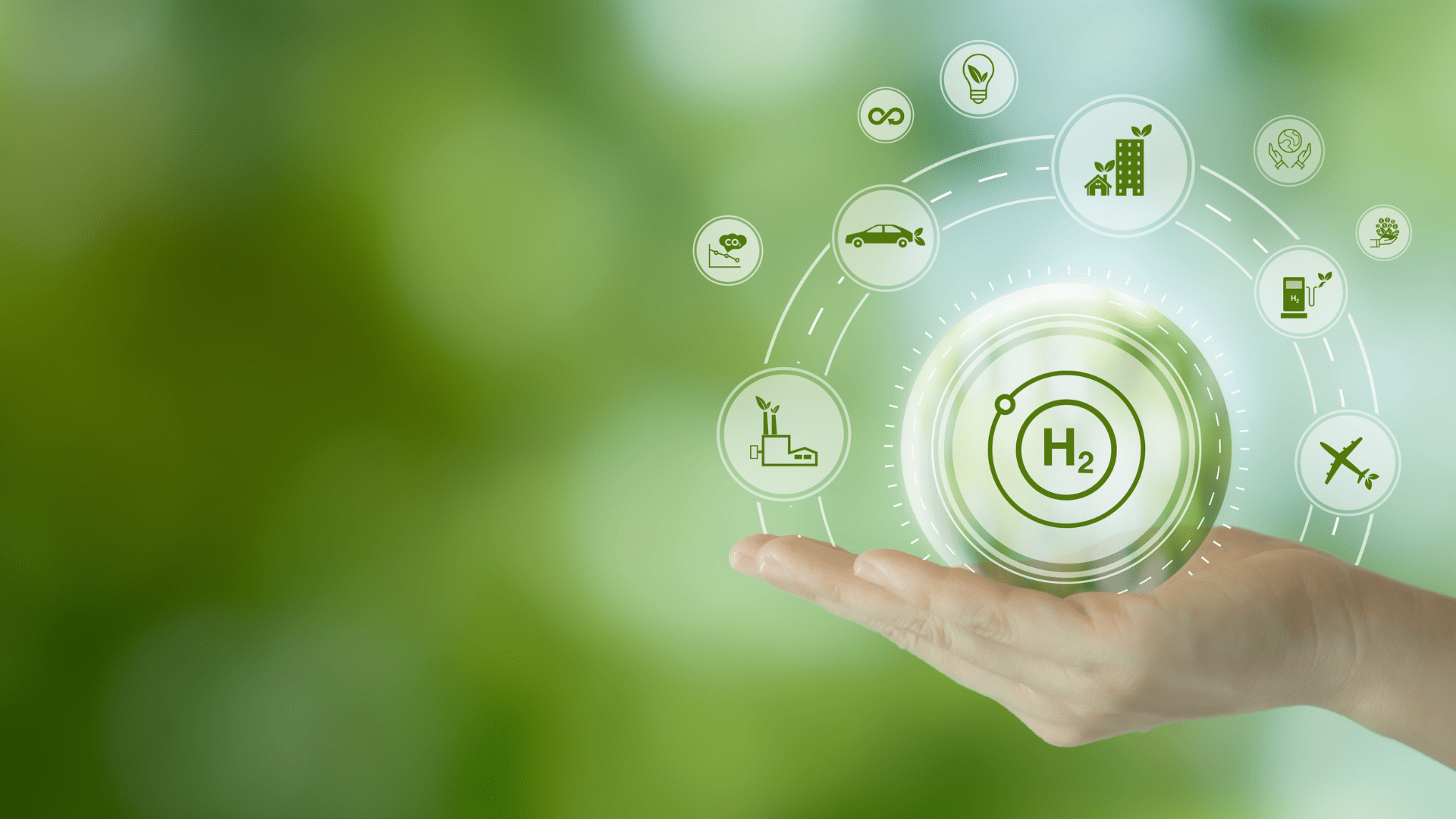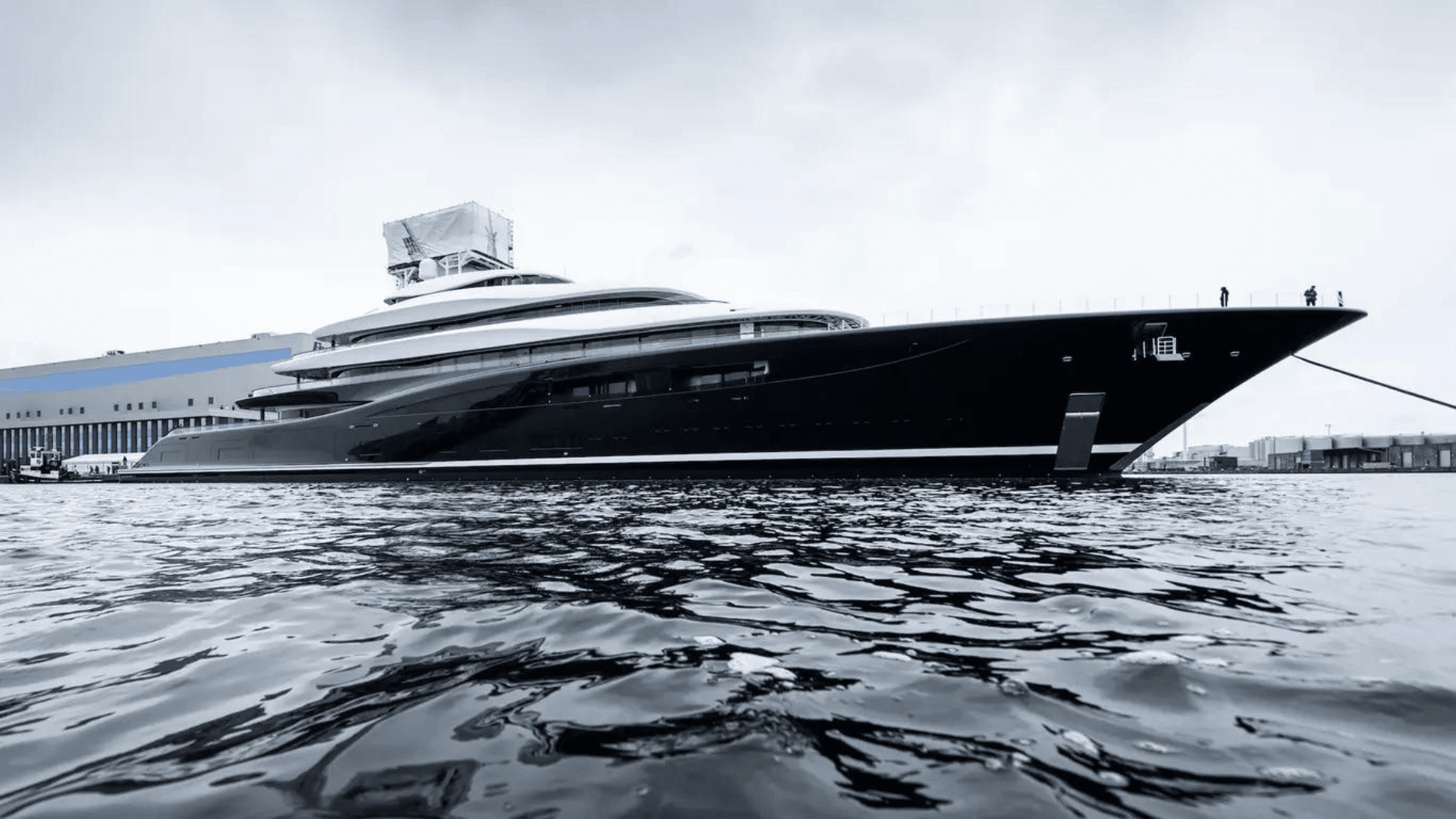San Francisco and the Bay Area are hotbeds for sustainability efforts. The latest is a 100% hydrogen-powered ferry with zero emissions—the world’s first hydrogen-powered commercial passenger ferry.
Hydrogen Ferry

According to the Associated Press, California is trying to phase out vessels powered by diesel and reduce carbon emissions. The MV Sea Change is a 70-foot catamaran that can carry up to 75 passengers. Starting July 19, the ferry will transport passengers along the water between Pier 41 and the downtown San Francisco ferry terminal.
“The implications for this are huge because this isn’t its last stop,” said Jim Wunderman, chair of the San Francisco Bay Area Water Emergency Transportation Authority. “If we can operate this successfully, there are going to be more of these vessels in our fleet and in other folks’ fleets in the United States and we think in the world.”
According to the San Francisco Bay Ferry, the Sea Change is a big step towards decarbonizing the sea industry. During a six-month demonstration period, the Sea Change will be part of the San Francisco Bay Ferry network. The demonstration period is designed to showcase the application of fuel cell technology. The company hopes that fuel cell technology is a viable strategy for reducing greenhouse gases and carbon emissions.
The fuel cells create electricity by combining oxygen and hydrogen. As a result, the only byproduct is water vapor. Additionally, some of the water vapors are used in the ship’s drinking fountains. Moreover, officials say the Sea Change can travel about 300 nautical miles before refueling.
Changing the Industry

Additionally, the process could help clean up the shipping industry, and officials say it produces almost 3% of the global greenhouse gas emissions. While lower than cars, trucks, rail, or aviation, it’s still a lot, and they say it’s rising. Frank Wolak is the president and CEO of the Fuel Cell & Hydrogen Energy Association. He said this is a major milestone because it is difficult to reduce a vessel’s carbon emissions.
“The real value of this is when you multiply out by the number of ferries operating around the world,” he said. “There’s great potential here. This is how you can start chipping away at the carbon intensity of your ports.”
Producing Emissions
The International Maritime Organization controls commercial shipping and wants to halve its greenhouse gas releases by midcentury. However, environmental groups say hydrogen production has pollution and emission risks. For example, hydrogen produced worldwide every year is made using natural gas, which warms the Earth. A Cornell and Stanford University study found that most hydrogen production emits carbon dioxide. This means that any hydrogen-powered transportation isn’t considered clean energy yet.
However, people who support hydrogen-powered transportation say that hydrogen power will become more environmentally friendly in the long run. They hope the growing use of solar and wind energy electricity can help hydrogen production become cleaner and more sustainable.







